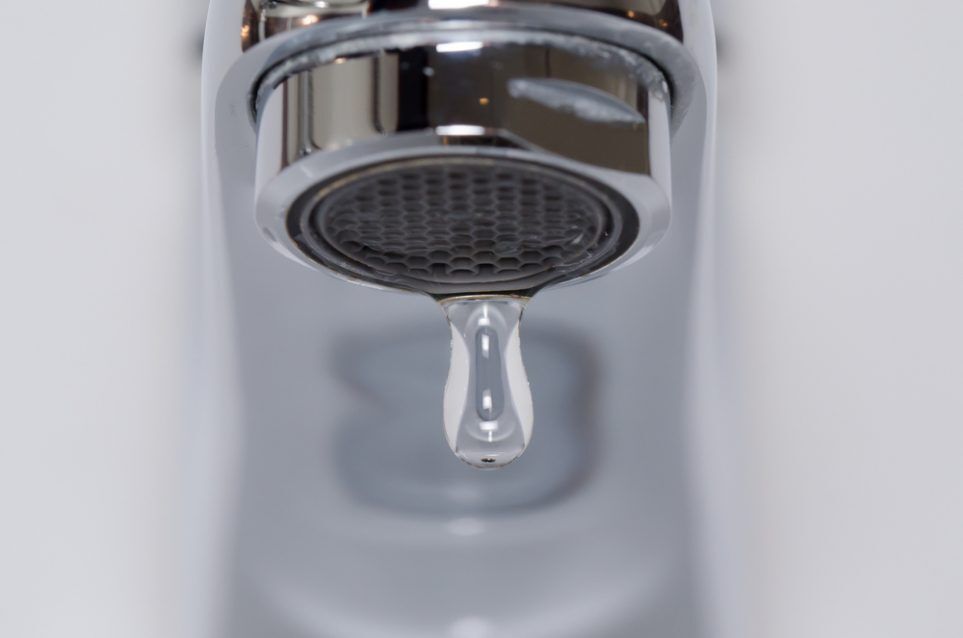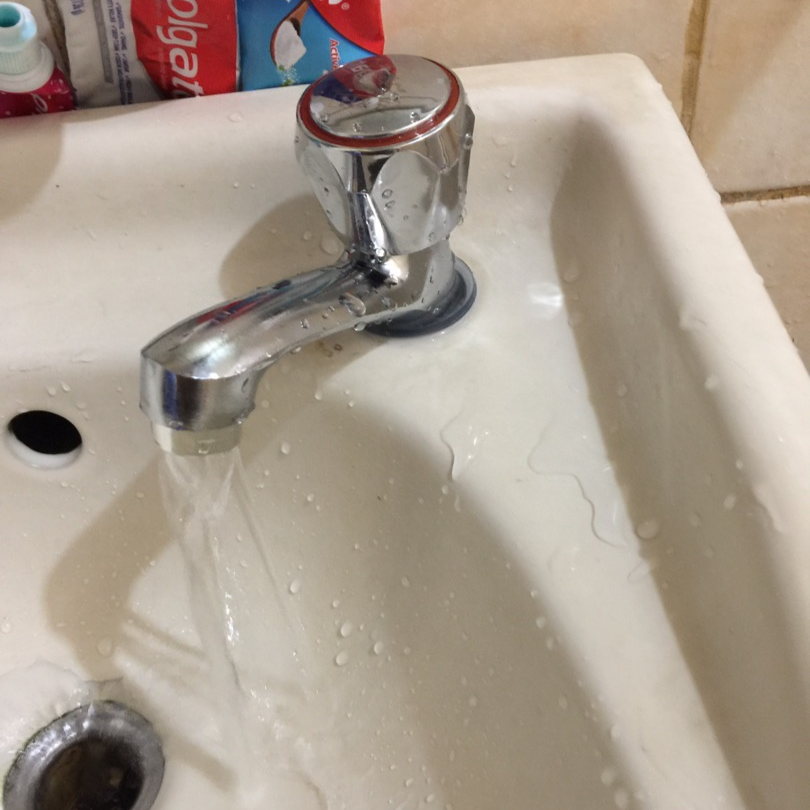On this page on the next paragraphs you will find a bunch of helpful material on the subject of Why Are My Faucets Dripping (And Can I Fix It Myself)?.

Trickling faucets may seem like a minor aggravation, but their effect surpasses just the inconvenience of the noise. From drainage to incurring unnecessary monetary expenses and wellness dangers, disregarding a leaking faucet can result in various consequences. In this article, we'll look into why it's critical to resolve this typical home issue promptly and properly.
Wastefulness of Water
Environmental Effect
Dripping taps add substantially to water wastage. According to the Epa (EPA), a single tap leaking at one drip per second can lose more than 3,000 gallons of water each year. This not only pressures water resources yet likewise affects ecosystems and wild animals depending on them.
Step-by-Step Guide to Dealing With a Dripping Faucet
Devices Called for
Before trying to fix a leaking tap, collect the required devices, consisting of an adjustable wrench, screwdrivers, replacement parts (such as washing machines or cartridges), and plumber's tape.
Typical Faucet Issues and Their Solutions
Recognize the kind of tap and the certain concern triggering the drip. Typical issues consist of damaged washing machines, corroded valve seats, or malfunctioning O-rings. Describe supplier instructions or online tutorials for step-by-step assistance on repair services.
Financial Expenses
Boosted Water Costs
Past the ecological effect, leaking faucets can inflate water bills significantly. The collected waste in time translates into greater energy costs, which could have been avoided with prompt repair services.
Potential Residential Or Commercial Property Damage
In addition, prolonged dripping can cause damage to components and surfaces bordering the faucet. Water build-up can cause discoloration, corrosion, and even architectural problems if left neglected, resulting in extra repair expenses.
Wellness Issues
Mold And Mildew and Mildew Development
The consistent presence of wetness from a trickling tap creates an optimal setting for mold and mildew growth. These fungi not only endanger interior air top quality however likewise posture wellness threats, particularly for individuals with respiratory conditions or allergies.
Waterborne Diseases
Stagnant water in dripping faucets can become a breeding ground for bacteria and various other virus, raising the risk of waterborne diseases. Contaminants such as Legionella microorganisms prosper in stationary water, potentially leading to significant ailments when ingested or inhaled.
Do it yourself vs. Expert Repair work
Advantages and disadvantages of Do It Yourself Repair Service
While some may try to deal with a leaking faucet themselves, do it yourself repairs feature their own collection of challenges. Without correct knowledge and devices, DIY attempts can aggravate the problem or bring about incomplete fixings, extending the trouble.
Benefits of Hiring a Specialist Plumber
Working with an expert plumber makes certain that the underlying reason for the leaking faucet is attended to efficiently. Plumbing professionals possess the experience and equipment to detect and repair tap issues effectively, saving time and lessening the risk of further damage.
Environmental Responsibility
Individual Contribution to Conservation
Taking duty for fixing trickling taps lines up with wider efforts toward water preservation and ecological sustainability. Every individual's actions jointly make a substantial effect on protecting valuable resources.
Lasting Living Practices
By prioritizing prompt fixings and embracing water-saving habits, people contribute to lasting living methods that benefit both existing and future generations.
Preventive Measures
Normal Maintenance Tips
To stop dripping taps, perform regular upkeep such as cleaning up aerators, evaluating for leaks, and changing worn-out parts without delay. Additionally, take into consideration installing water-saving gadgets or updating to extra efficient components.
Relevance of Prompt Repairs
Attending to trickling taps as soon as they're discovered avoids additional water waste and possible damages, inevitably conserving both water and cash in the long run.
Impact on Home Value
Understanding of Well-Maintained Residential Property
Preserving a building in good condition, consisting of attending to upkeep problems like dripping faucets, enhances its regarded worth and charm among potential customers or occupants.
Influence on Resale Worth
Features with well-kept plumbing fixtures, consisting of faucets, command greater resale values in the real estate market. Attending to dripping taps can add to a positive impact during property assessments and negotiations.
Final thought
Addressing a leaking tap goes beyond simple ease; it's an important action towards conserving water, minimizing economic costs, and protecting wellness and home. Whether with do it yourself repairs or professional help, taking action to repair leaking faucets is a little yet impactful means to advertise liable stewardship of resources and contribute to a much healthier, extra sustainable future.
How to Fix a Leaky Faucet: Step-by-Step Repair Guide
A leaky faucet may seem like a simple annoyance, but if it's not fixed promptly, that leak could cost hundreds to potentially thousands. From water damage to mold, mildew, and high water bills, even a tiny leak can be catastrophic if left unattended. Damage like this can even affect the overall value of your home, so it's important to take the right approach for leaky faucet repair. You may need the help of a plumber in some cases, but we've got a few tips you can try on how to fix a leaky faucet before calling the pros.
Four Faucet Types
When you're learning how to fix a leaky faucet, the first step is knowing what kind of faucet you're working with! There are four common types.
Cartridge Faucets
Cartridge faucets come in one- or two-handled varieties. In one-handled cartridge faucets, hot and cold water combines in a single cartridge. In the two-handled versions, hot and cold water are controlled separately and mixed in the faucet.
Ball Faucets
Ball faucets have a single lever you push up and down to adjust the pressure and rotate to change the temperature. A slotted metal ball controls the amount of water allowed into the spout.
Compression Washer Faucets
They're the oldest type of faucet, but they're still used in many homes — especially older ones. Compression faucets have two separate handles that, when turned, raise or lower the washer that seals a water valve. This valve stops water from flowing through the faucet when it is turned off.
Disc Faucets
Disc faucets rarely need to be repaired due to their maintenance-free design. The water flow is controlled by two discs — the upper one raises and lowers against a fixed lower disc, creating a watertight seal. If your disc faucet starts leaking, you may need to replace the seals or clean residue buildup from the inlets.
Fixing a Leaky Faucet
Step 1: Turn Off the Water
Whether you're learning how to fix a leaky bathtub faucet or how to fix a leaky kitchen faucet, always turn off the water supply to your working area when you're fixing a leak. The last thing you want is a flood added to your list of things to fix.
Look for the shutoff valves below your sink or around the tub and turn them clockwise to stop the water flow. If your faucet doesn't have shutoff valves, you may need to turn off the water for the whole house. Check to make sure it's off by turning the faucet on. If nothing comes out, you're ready to start the repair.
Step 2: Take Apart the Faucet
How you disassemble your faucet depends on the type of fixture you have. You can use a flathead screwdriver to remove the caps on top of the handle or handles for cartridge and compression faucets. Inside, you should see handle screws. Unscrew these with a screwdriver to remove the handle.
Disc- and ball-style faucets will typically have an inlet screw near the handle, and removing that will reveal the interior of the faucet.
Detach the Valve Stem
For cartridge- and compression-style faucets, you'll see the inner valve stem or cartridge once you remove the faucet handles. If you have a compression faucet, unscrew the brass valve stem. If you have a cartridge faucet, pull out the cartridge. If your cartridge has been in place for a while, it may require some tools or extra force to remove it due to mineral deposits.
Examine and Replace Parts
Once you've removed the parts, check them out to confirm what needs to be replaced. You may see corroded rubber washers, O-rings, stems, or cartridges. On a ball-style faucet, check the seats and springs for damage.
If you need to repair a leaky disc faucet, check the inlet and seals on the lower disc.
Once you determine what parts must be replaced, visit your local hardware store. Bring the damaged parts with you to ensure you can purchase the correct components to replace them.
Clean Valves and Faucet Cavity
If you've removed a stem or cartridge, you may notice mineral buildup in the faucet's threads. Use white vinegar to clean the valve seat by soaking it for a few minutes, then scrub it away with a soft toothbrush and rinse with warm water. You can also clean the interior of the faucet in the same way.
Reassemble the Faucet
Once your faucet is cleaned and the required parts have been replaced, it's time to reassemble it. Put the pieces back together and slowly turn the water supply back on. Doing this slowly is crucial because too much initial water pressure can damage the new hardware you've just installed.
https://homewarranty.firstam.com/blog/how-to-fix-leaky-faucet

As a serious reader on Why Is It Important To Fix Your Leaking Tap/Faucet?, I was thinking sharing that post was worthwhile. Do you know anybody else who is occupied with the topic? Feel free to share it. Thank you for your time. Kindly check up our website back soon.